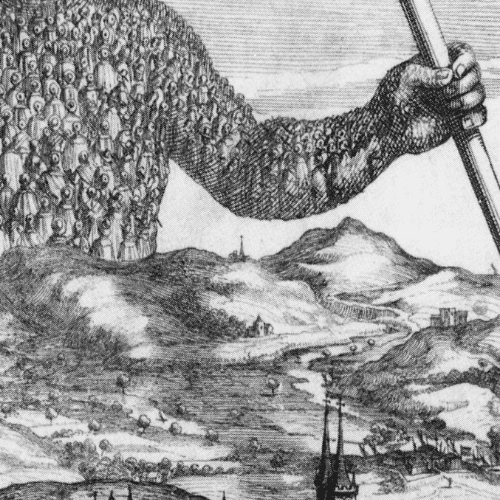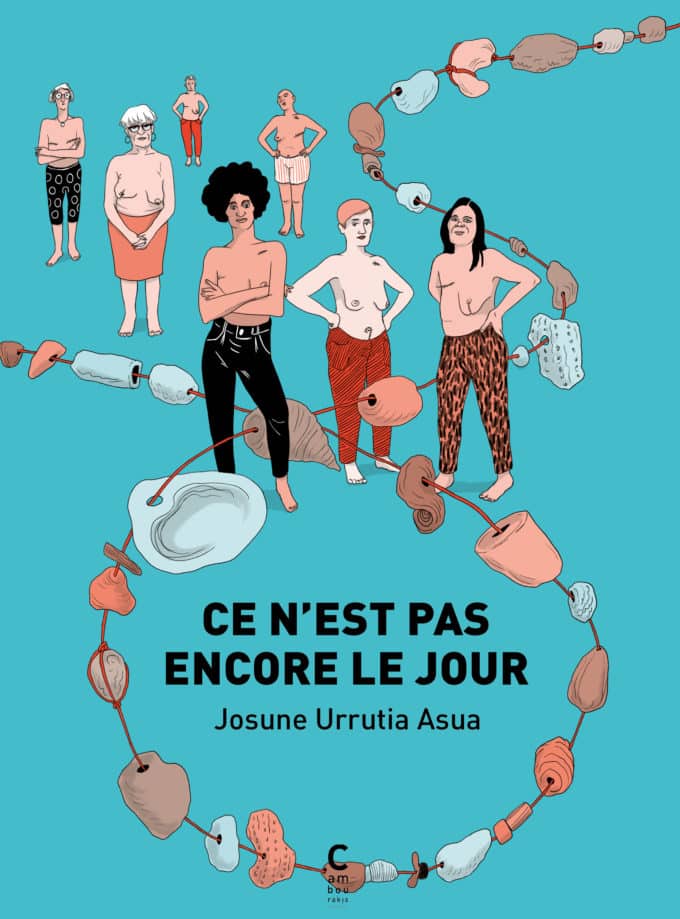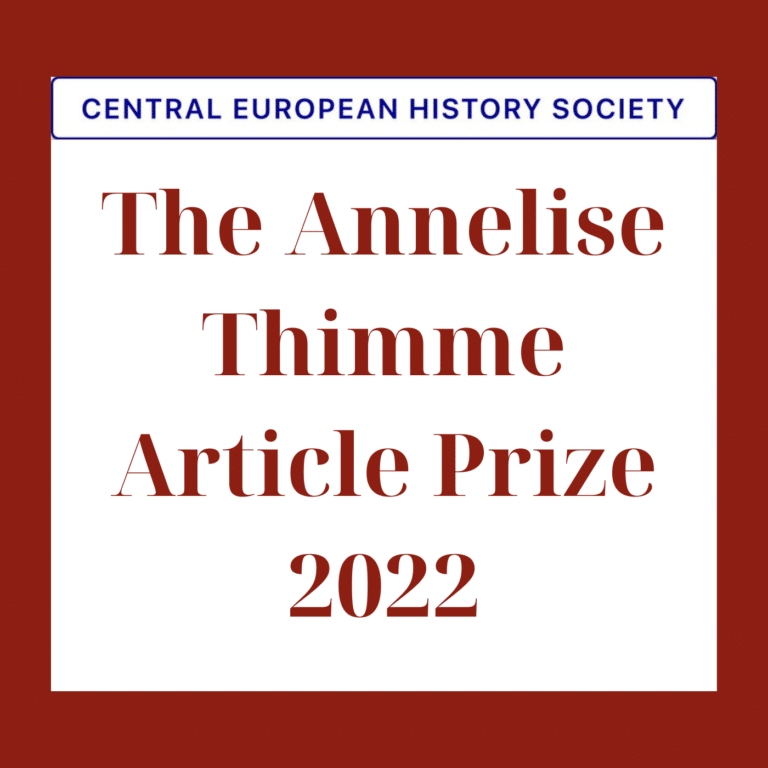
We interviewed Lino Camprubí, holder of the Germaine Tillon Chair at Iméra, about his research project “Visual representations of the 3D Mediterranean (past-present-future)”
—
As a historian of science you’ve placed the Mediterranean Sea at the heart of your works; can you explain to us the motivations and aspirations behind this specialization?
I am very interested in the intersections between science, technology, and politics. My first book, Engineers and the Making of the Francoist Regime (MIT Press, 2014) analized the active role of engineers in shaping Spanish 20th century politics, particularly political economy and ideology. Several spinoffs of that book extended the idea to see how scientists and engineers had been also active in Spanish international relations. This allowed me, for instance, to retell the story of how the Western Sahara went from being a Spanish colony to a Moroccan one through the geophysics of phosphate in the specific context of the 1970s fertilizer’s world market.
This extension of my work on science and politics onto geoscience and geopolitics drew me to the links between oceanography and strategy at the Strait of Gibraltar. Imagine you are in the midst of the Cold War, in a geographical region marked by post-colonial upheavals. Now think of submarine captains using knowledge of currents to cross the Strait and of anti-submarine hearing stations correcting their data through models of underwater sound propagation amidst very turbulent hydrographic conditions. Gibraltar is the gateway to the Mediterranean.
As I delved into the history of the Strait, I realized more and more the incredible importance of depth in redefining the specificities of the contemporary Mediterranean Sea. To study those specificities, I realized, I needed to team up with people with linguistic and disciplinary skills other than my own. Starting in early 2022 I will be the PI of an ERC-Consolidator Grant called DEEPMED: “Discovering the Deep Mediterranean Environment: A History of Science and Strategy, 1860-2020”.

Your project at Iméra, studies the past and present visualizations of the deep Mediterranean Sea in an attempt to draw the future; how can it contribute to environmental dialogues?
Sometime in the 12th century, cartographer al-Isidri produced a map of the Mediterranean Sea which is upside down from what we are used to see. The southern shore is oriented towards the top. In his 10 volumes edited collection Les représentations de la Mediterranée, Thierry Fabre, the director of Iméra’s Mediterranean Program, used al-Isidri’s map to convey a new way of doing Mediterranean studies which was less Eurocentric than the approaches which had dominated the field during most of the 20th century.
Similarly, I want to dig for historical and current maps that depict the Mediterranean Sea not from above, like in most bird’s-eye view maps, but transversally, including its full volume of water and its submarine ridges and canyons. Mediterranean studies as a field has been literally and deliberately “superficial”. Fernand Braudel, perhaps the most iconic author in this field, focused on sea connectivity through “plains liquids”. And David Abulafia, while devoting important attention to submarine warfare in the first half of the 20th century, explicitly locates “human history” in the “surface of the sea”, thus separating the deep environment from the human.
And yet, for the last 150 years, much of what has been happening in the Mediterranean as well as other seas and oceans has taken place under water. The deep Mediterranean has become a scientific object, a theatre for naval operations, and a space for economic and strategic infrastructures (fisheries, offshore oil and gas, telecommunication wires, pipelines…). A number of heterogenous actors have made the deep sea into a human environment.
But humans have also affected the deep-sea environment in more unconscious ways; ways that scientists are still trying to understand and control. Contrary to what Braudel could still think in the 1950s and 1960s, we are now fully aware that the environment is not a fixed background for human history, but something that history and politics can affect–and degrade–in very serious ways. The earth sciences have become social sciences. For disciplines from oceanography to geochemistry, the map that matters is not 2-Dimensional. Understanding the historical making of the 3-D Mediterranean can bring closer together humanistic Mediterranean studies and scientific studies of the Mediterranean Sea. We need that kind of mutual understanding to grasp how humans and nature have shaped each other in this region facing difficult environmental and political challenges.
In November you organized a workshop at Iméra about visual representations of the deep Med gathering an important number of experts; what were the highlights of this meeting?
In the search for visual representations of the Mediterranean Sea, Marseille is filled with marvellous treasures. A major Mediterranean and colonial port, it has a tradition of looking towards the Sea and its depths, including fishermen but also divers, oceanographers, bathyscaphe designers…It seemed to me that the best way to benefit from this rich potential was talking to some of the people that draw on it for their own daily work.
Thanks to the generous support of Region Sud through the Iméra’s chair Germaine Tillon, the bilingual workshop Visual representations of the 3D Mediterranean Sea brought together some of the region’s best experts in the deep Mediterranean. The highlight of the meeting was its interdisciplinarity. It brought together world-leading experts in physical oceanography, deep archaeology, marine biology, environmental sciences, and historians. And even a nuclear submarine captain from Toulon!
It was a small working group and achieved its purpose of serving as a first and fascinating point of contact for people who work on (and sometimes in) the same physical space, the deep Med, but who do not necessarily have many opportunities to think about each other’s methods, approaches, and priorities. Let’s hope it will be the first of many!
—
Lino Camprubí is Ramón y Cajal Researcher, University of Sevilla, Faculty of Philosophy – Holder of the Germaine Tillon Chair (Région Sud/Iméra).



